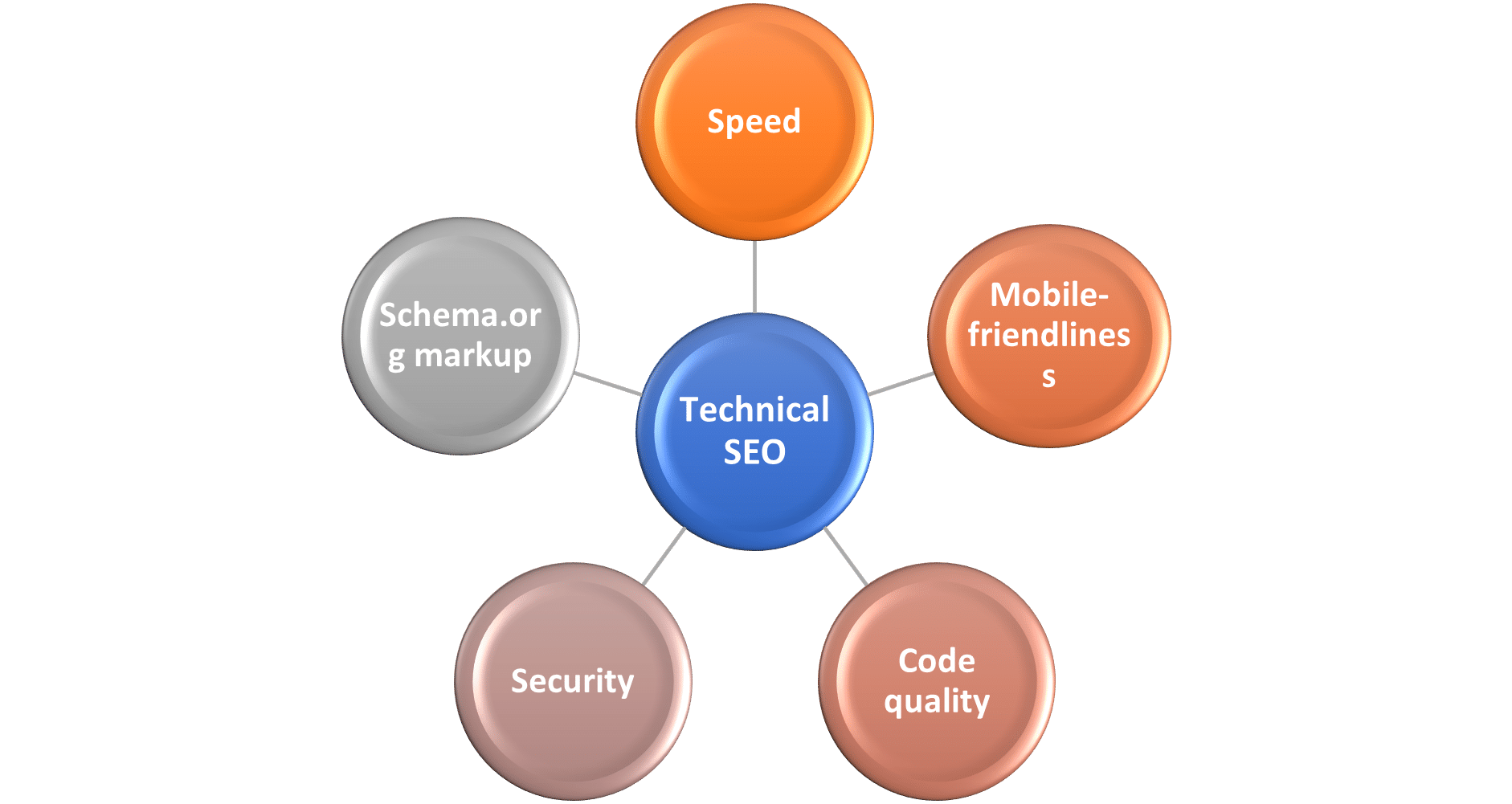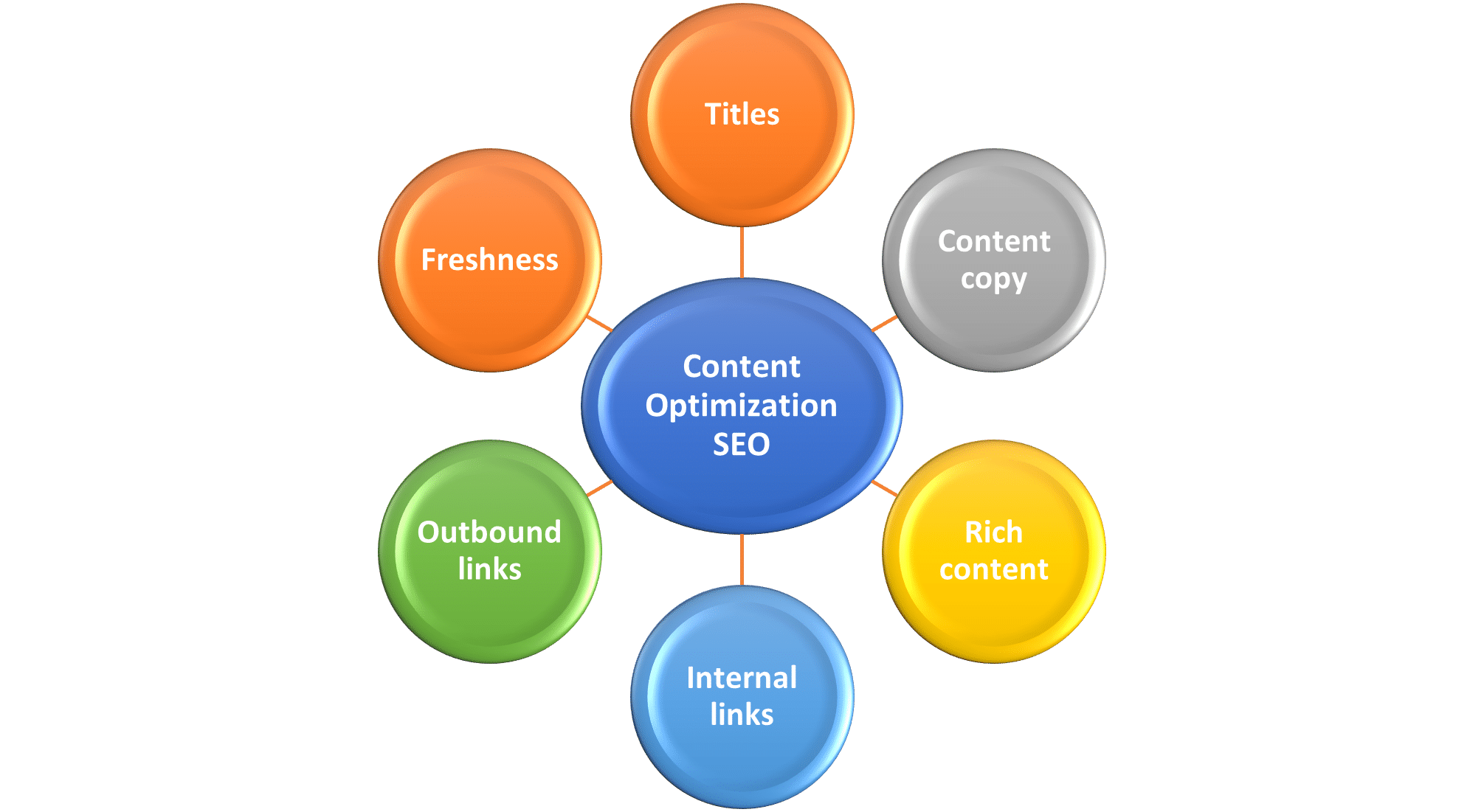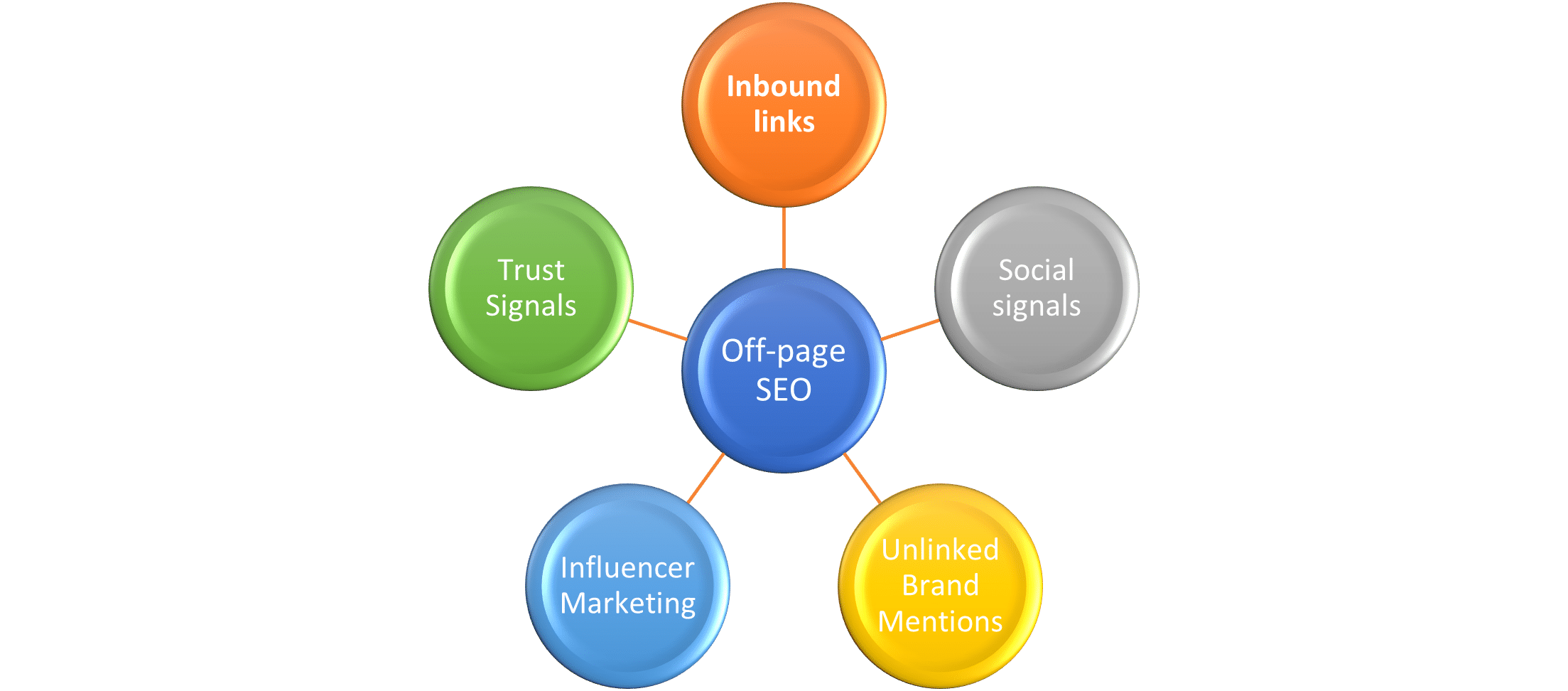On-line training for women e-entrepreneurs
-
Module 1 What is entrepreneurship8 Topics|1 Quiz
-
1.1. Introduction to entrepreneurship
-
1.2. Basic principles of entrepreneurship
-
1.3. Types of entrepreneurship
-
1.4. Differences between entrepreneurship and e-entrepreneurship
-
1.5. Entrepreneurial thinking
-
1.6. Entrepreneurial skills
-
1.7. Challenges and opportunities women face in entrepreneurship
-
1.8. Ethical aspects in entrepreneurship
-
1.1. Introduction to entrepreneurship
-
Module 2 From idea to business7 Topics|1 Quiz
-
Module 3 Digital Marketing10 Topics|1 Quiz
-
3.1 Marketing research and marketing plan
-
3.2 Digital Marketing
-
3.3 S.E.O. (Search Engine Optimization)
-
3.4 Social media marketing
-
3.5 PPC – Google AdWords
-
3.6 Web Analytics
-
3.7 Mail Marketing
-
3.8 Internet of Everything
-
3.9 How to build your website
-
3.10 Effectiveness of a digital marketing strategy
-
3.1 Marketing research and marketing plan
-
Module 4 Business Networking6 Topics|1 Quiz
-
Module 5 Fund-raising & financing6 Topics
-
Module 6 Presentation of an e-entrepreneurial project (pitch)3 Topics|1 Quiz
-
Annex
3.3 S.E.O. (Search Engine Optimization)
When you start your business and its website, it may be difficult to know where to start. You may hear that links, content, and RankBrain are Google’s top three ranking factors, but you do not know what you have to do in order to see your website ranking on Google. SEO can bring more traffic to your website, more customers, and more revenue.
As the name suggests, Search Engine Optimization (SEO) is the process of optimizing the content, technical setup, and reach of your website, so that your pages appear at the top of a search engine result for a specific set of keyword terms. Using SEO can drive visitors to your site when they display behavior implying that they’re searching for relevant products. By using keywords and phrases, you can use SEO to massively increase visibility and begin a lasting customer relationship. SEO is defined as increasing a website’s rank in online search results, and thus its organic site traffic, by using popular keywords and phrases. Strong SEO strategies are hugely influential in digital marketing campaigns since visibility is the first step to a lasting customer relationship.
First, let’s see how search engines work. Search engines are like digital libraries. When you type a question into a search engine, it looks through all the pages in its index and tries to return the most relevant results. To do this, it uses a computer program called an algorithm. Google, Bing, Yahoo are some search engines, but Google is the search engine most of us use, at least for web searches. Google dominates search in most countries across the world, almost to the point of being a monopoly, particularly in English. In English, worldwide, 88% of searches on desktop and 96% on mobile are on Google. Bing and Yahoo combined account for 1.5% of searches on mobile and 8% of searches on desktop. That makes Google vastly dominant and the most important search engine you should be focusing on. So, as an enterprise with a website, your reliance on Google is pretty much a given and SEO is a necessity.
Search engines aim to satisfy their users. When a user is looking for the solution to a problem or the answer to a question, search engines want to provide the most helpful, relevant, and credible answer or solution. SEO works by demonstrating to search engines that your content is the best result for the topic. All search engines aim to show the best, most relevant results to their users.
SEO brings you the most precious traffic (also known as organic traffic), which is free. When a search engine shows your content to its users in the organic part of a SERP (Search Engine Results Page), you do not pay for the ranking. When the user clicks on the result and visits your site, you do not pay Google for a visit. That is SEO used for. On that same SERP, there are often paid results that they are identifiable by the ‘Ad’ icon to the left. When a user clicks on a paid result and visits the site, the advertiser pays the search engine for that visit. So, for ads you pay to be the top, front, and center, while with SEO results it’s free. The big advantage of SEO traffic is that, if chosen Search Engine Optimization strategy is effective, then it is an ongoing source of free traffic.
Below, you will find some of the SEO factors that you need to take into account, in order to help your content to rank higher in Google.
On-Page Search Engine Optimization: On-page signals are those that Google finds on the page of your website and you can control them directly.
- Technical SEO is all about the quality of the infrastructure that delivers your content.

Graphic 4. Technical SEO
- Content Optimization for SEO

Graphic 5. Content Optimization SEO
Off-page Search Engine Optimization: These factors include those signals sent to Google from third party websites. Off-page SEO mainly includes links or mentions of your pages on other sites or social media profiles.

Graphic 6. Off-page SEO
Steps that a SEO beginner have to take into account:
- Learn what your customers are searching for
- Find out the most popular way people search for your business
- Understand other ways people may be searching for the same thing
- Go deeper into the more granular searches of your customers
- Figure out popular and attractive topics in your field
- Expand your keyword list
- Understand the metrics behind the keywords you are targeting
- Create pages optimized for search
- Create content that fits with “search intent”
- Use short, descriptive URLs
- Create compelling meta titles and descriptions
- Use headers and subheaders to create a logical structure
- Optimize your images
- Set up Schema
- Ensure that your website is accessible to search engines and humans
- Ensure that your website loads fast
- Ensure that your website is mobile-friendly
- Install an SSL certificate
- Create a sitemap
- Upload a robots.txt file
- Ensure that there is internally link between relevant posts and pages
- Build backlinks from other websites
- Swipe links from inferior content
- Broken link building
- Guest blogging
- Tracking your SEO success
- Measure organic traffic
- Track your rankings
SEO is a fundamental part of digital marketing because people conduct trillions of searches every year, often with commercial intent to find information about products and services. When a potential customer is looking for your products or services is likely that the first place he will turn is Google. To work effectively on your SEO, you need to figure out what your potential customers are searching for. Find those phrases that they use to search and then create content that brings a clear, simple, and helpful solution to the problem that they expressed.
In order to have a successful SEO strategy, you must trigger as many of the signals that Google is looking at, as possible.
- Credibility: Google recommend the solution that it perceives as the most credible. Improving E-A-T (Expertise, Authoritativeness, and Trustworthiness), link building, linking out to relevant sources help with your content’s credibility.
- Deliverability: Google wants to recommend content that provides a fast, attractive, with great quality content, according to the user’s specific needs at that time. Mobile friendliness, download speed, using videos, and text help Google to consider your content deliverable.


